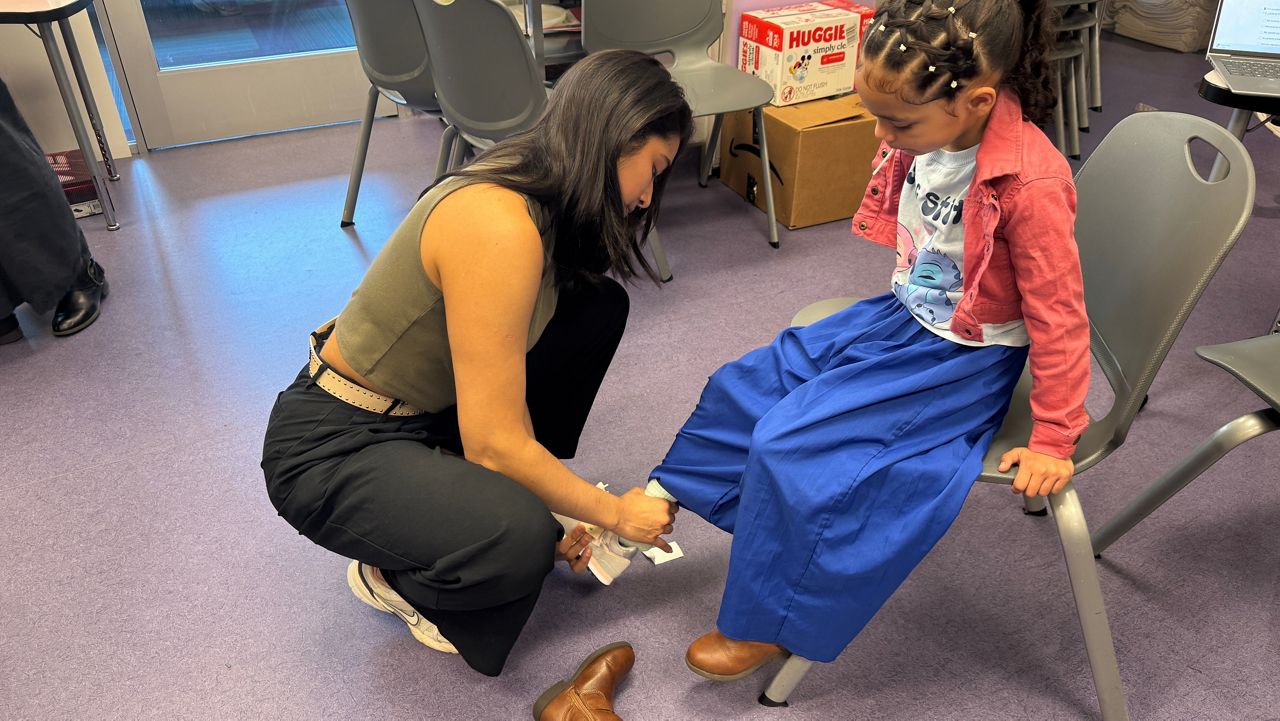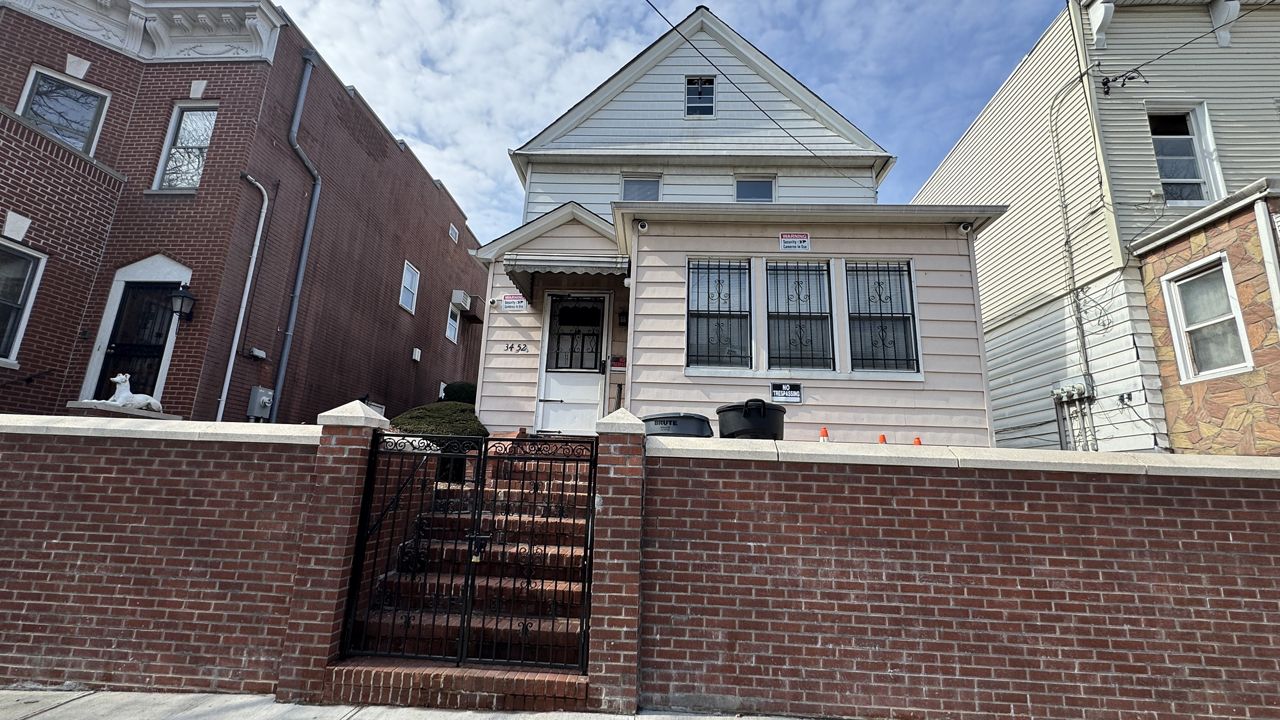As he laced up his sneakers for a run, Mauricio Blandino anticipated the impact of his training.
“There is that awakening of your brain, the endorphins that just flood your brain when you walk. And even after your runs, it’s that feel good sensation that you have,” Blandino, a Jackson Heights resident, said.
Blandino is grateful for the ability to move his body. In 2011, he was knocked unconscious after falling down the stairs of his Jackson Heights home.
He suffered a traumatic brain injury, which left him unable to walk and balance.
What You Need To Know
- Mauricio Blandino suffered a traumatic brain injury in 2011
- It left him unable to walk and balance
- After surgery and extensive physical therapy, he regained him mobility and some of his vision
- He's now preparing for his 16th marathon with the help of physical therapy at Mount Sinai and volunteers with Achilles NYC
But he was determined to reclaim control of his body.
“Movement at any level, any ability is so important,” Blandino said.
After surgery and extensive physical therapy, his mobility returned.
He joined support groups and was inspired by a marathon runner who encouraged him to try running.
Through his inspiration to run, he found Achilles International, a group of volunteer athletes who workout alongside people with disabilities.
Blandino went from walking to jogging to running.
“Anyone who’s hit a wall can really get up and pick up their pieces and start with that first step and move on and take one thing at a time, one step at a time, and to build it up a little more and little more,” he said.
With the help of his guides, he’s preparing for his 16th marathon overall — his sixth TCS New York City Marathon.
“You go through this real journey. That’s the true reward, the entire thing. The race is just where everything encapsulates into one moment,” Anthony Bonamassa, an Achilles NYC guide, said.
Crossing the finish line this year almost wasn’t a possibility at all.
In March, Blandino suffered a hip injury after running into a pothole — tearing his abductor muscle.
“My fear was this was going to end my running. I could not handle that thought,” Blandino said.
Through the help of his physical therapist, Dr. Joseph Herrera at Mount Sinai, he was able to avoid surgery.
“He’s made a great recovery. Some people don’t even get back from these types of tears, let alone get back to running marathons. So I think his story is absolutely phenomenal,” Dr. Herrera, the Chair of Rehabilitation and Human Performance at Mount Sinai, said.
Blandino said crossing the finish line this year may prove to be his biggest comeback to date.
“It’s hard to describe the empowerment that you feel crossing that finish line,” Blandinosaid.
Blandino said he won’t take a single stride for granted.






_CG_DNT_Lunar_New_Year_Flushing)
